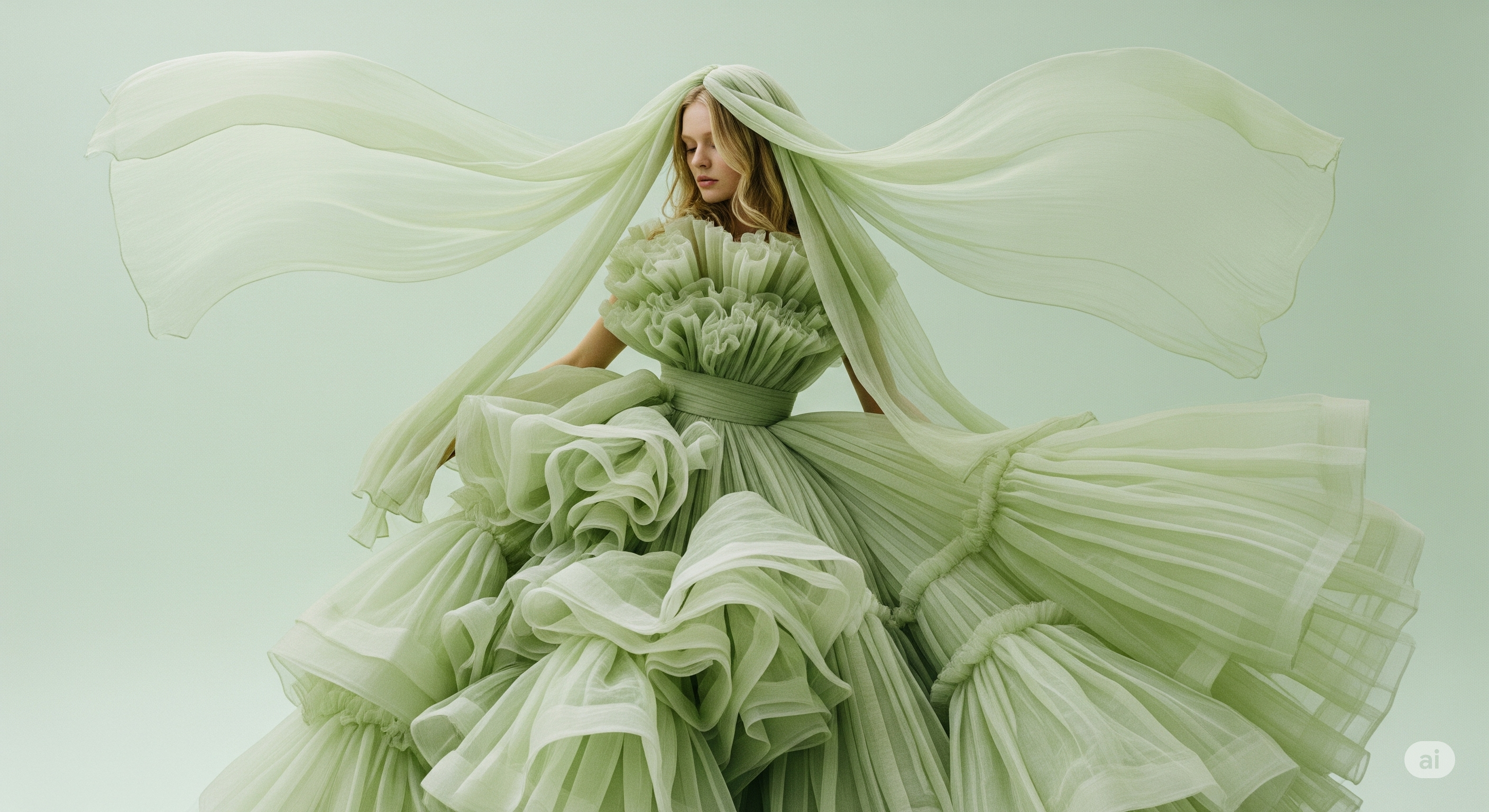 AI
AI
 AI
AI
 AI
AI
Google LLC today announced its newest generative artificial intelligence media creation models that it says will transform how creators bring stories to life.
Headlining the announcements is Flow, a dedicated AI-powered filmmaking tool that integrates technologies with Google’s Gemini AI, alongside Veo 3, a state-of-the-art video generation model and Imagen 4, a next-generation image creation system.
Flow is an entirely new tool designed for storytellers. Built for filmmakers and creatives, the new platform integrates Google’s AI capabilities — Veo for video, Imagen for visual assets, and Gemini for natural language understanding — into a single collaborative interface.
Using Flow, users can create scenes using natural prompts, manage ingredients like cast, settings and objects and edit storylines fluidly with tools such as SceneBuilder and camera controls. Flow’s Asset Manager helps keep projects organized and a built-in feature called Flow TV showcases clips created by others to offer inspiration and practical examples of effective prompting.
Flow is the successor to the Google Labs VideoFX experiment that launched in May 2024 and is now available to subscribers of Google AI Pro and Ultra in the U.S.
Google has announced Veo 3, a new state-of-the-art video generation model that not only improves on the quality of Veo 2, the company’s previous video model, but also introduces audio capabilities for the first time. The model can render realistic background sounds such as city traffic, birdsong or even character dialogue, creating a richer storytelling experience.
Veo 3 excels in adhering to creative prompts, allowing users to describe a scene in natural language and receive a visually and aurally accurate video in return. The model also understands physical interactions and synchronizes lip movements with speech, boosting realism in the videos it generates.
The new model is available today for Ultra subscribers in the U.S. through the Gemini app and in Flow. It’s also available for enterprise users on Vertex AI.
While launching its successor, Veo 3, today, Google also announced enhancements to Veo 2, the video generation model it debuted in December. The updates include reference image support for consistent characters and objects, advanced camera controls for cinematic movement, outpainting for flexible scene resizing and intelligent object addition or removal. The tools are currently available in Flow and will roll out to the Vertex AI application programming interfaces in the coming weeks.
Generative AI image generation from Google has also received a boost with the launch of Imagen 4. The new model combines speed and precision to create stunning images, with updates including reference image support for consistent characters and objects, advanced camera controls for cinematic movement, outpainting for flexible scene resizing and intelligent object addition or removal.
Imagen 4 is available today in the Gemini app, Whisk, Vertex AI and across Slides, Vids and Docs in Google Workspace.
In addition to video and imagery, Google also expanded access to Lyria 2, its generative music model powering Music AI Sandbox and MusicFX DJ. The tools are designed for musicians and composers to experiment with new styles and are now accessible through YouTube Shorts, Vertex AI and APIs in AI Studio.
All of the announced services today will be accompanied by SynthID, Google’s watermarking technology designed to promote transparency and combat misinformation. All content generated by Veo 3, Imagen 4 and Lyria 2 will include SynthID watermarks embedded at the pixel, audio frame, or text level, depending on the format.
To support verification, Google has also introduced SynthID Detector, a public-facing tool that allows anyone to upload content and determine if it includes AI-generated watermarks. The tool can identify whether part or all of a file has been generated by Google’s AI systems, supporting trust and authenticity in digital media.
THANK YOU